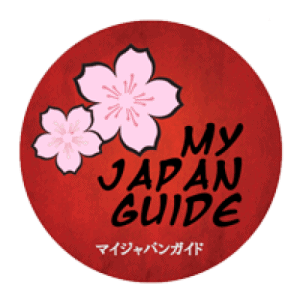“Koyo” is the Japanese word for leaves color change, during the Autumn. Trees, mainly Mapple trees and Ginko change their color from green to yellow, orange, red and make a spectacular view.
All forested mountains become tourists hot spots for autumn color viewing . It doesn’t happen everywhere at the same time though – it occurs over more than two months across Japan.
It starts usually in late September at high altitudes of mountain areas, where temperatures are cooler, and on the northern island of Hokkaido then descends down to the plain areas towards south of Japan.
Mount Takao (599m) is one of the closest natural recreation areas to central Tokyo and late November the mountain becomes one of Tokyo’s most popular koyo spot. Takaosan (Mount Takao) and the surrounding mountain areas also offer attractive hiking opportunities with many well marked hiking trails. It is also the home to an attractive Buddhist temple-Yakuoin.
Join us on a day tour. Contact us for info.

